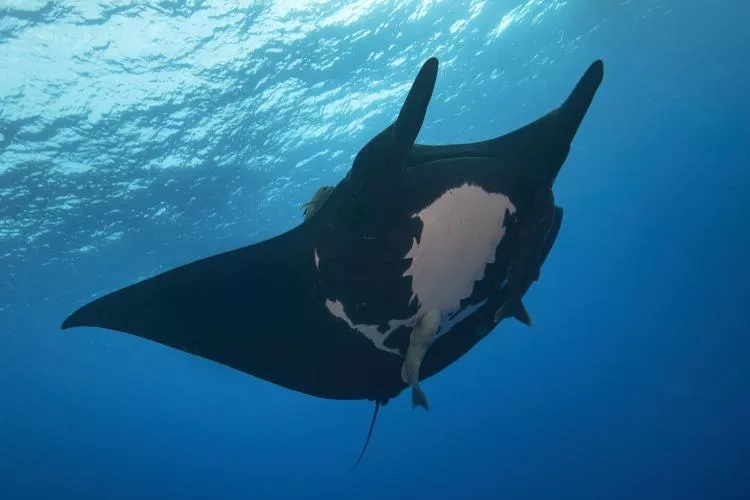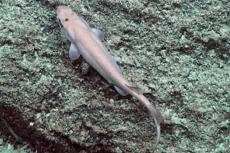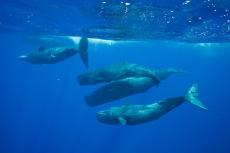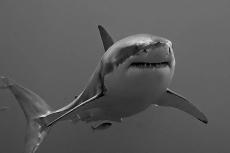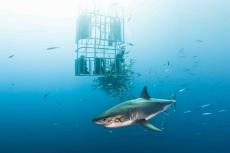How big is it? Drones assisting in manta ray research
Breakthrough allows more accurate data retrieval.
A global breakthrough in recording manta ray information has been made by an Auckland University doctoral candidate. In a study entitled “How Big Is That Manta Ray?” published in Drones, Edy Setyawan outlined how a drone camera, with the addition of a PVC pipe in the ocean, can be utilised to accurately measure the world’s largest ray species. “I could see that from the drone there was some size variation, some mantas, they are bigger than the others,” said Setyawan. “It’s quite cheap using a small drone, but it can give us a big impact on manta ray conservation.”
The technique was first applied in Raja Ampat, Indonesia, with reef manta rays and then in the Hauraki Gulf near Auckland with oceanic manta rays. Age-indicating details such as the claspers of mature males and scarring from mating on the left wings of mature female mantas are also evident when filmed with a drone. Usually, researchers estimate manta size by being near them in the water, but that method is often unreliable. “That often disturbs the manta rays, and the manta rays just swim away—‘yep, I don’t need to be with you… that’s too close!’” Setyawan said.
Manta Watch Aotearoa New Zealand founder Lydia Green has been involved in the New Zealand portion of the study. Green said New Zealand’s mantas may be the only population not showing conservation impacts resulting from overfishing and other human marine activity, so gathering information as quickly as possible via drone is important. “It’s exponentially grown our understanding, as well as the means of being able to collect data on these animals,” she said.
“Mantas are fully protected in New Zealand waters, but they’re currently data deficient so if we give the Department of Conservation and other decision-makers a lot more information, then they can make better-informed decisions, and then if our mantas go overseas, then the protections are different, so it’s just getting prepared for that and having that data there, ready as and when we need it.”
The oceanic manta ray found in New Zealand is the largest ray in the world, weighing up to 2,000kg and with a wingspan of up to seven metres. According to Setyawan, manta researchers in several locations around the world have already expressed interest in his method.


